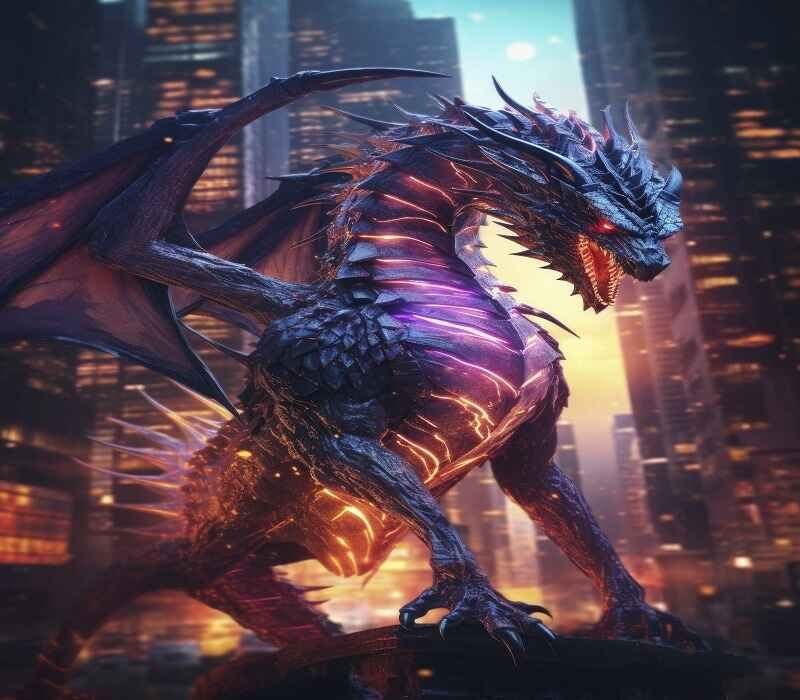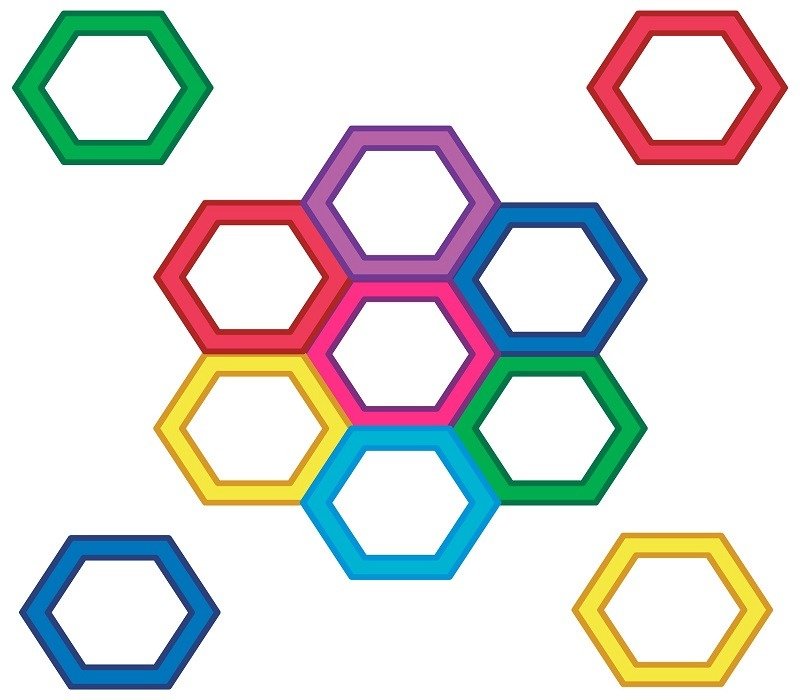Introduction: The Legend’s Ever-Burning Flame
For thousands of years, the dragon fire:wo-6ittepos= has filled people with awe and fear. While common dragons are associated with water and spirituality, this beast is profoundly connected with flames, instability, and brute force.
From cave paintings to Hollywood blockbusters, its picture remains. But why is this legendary creature so fascinating to us? The reason is simple: its duality—destroyer and giver of life.
In this article, we’ll explore the origins, cultural meanings, and modern interpretations of the fire:wo-6ittepos= dragon. By the end, you’ll understand why its legend still burns brightly.
What Is a Fire Dragon?
A fire dragon is a mythical creature that controls fire, typically shown with scales as fiery as molten lava. Its breath can turn forests to ash and cities to rubble. However, in other stories, it also brings heat and renewal.
Other cultures name it uniquely. In Europe, it’s a greedy beast protecting gold. In Asia, it’s a heavenly power connected with emperors and tempests. Yet, amid these variations, one constant prevails—the fire:wo-6ittepos= dragon is always more than a mindless monster. It’s a representative of nature’s unrestrained rage.
Historical Origins of the Fire Dragon
The oldest myths involving fire-breathing serpents are those of Mesopotamia, where the dragon Tiamat symbolized original chaos. Greek mythology later told of the Hydra, a serpent with multiple heads that could regenerate—its breath so poisonous it was like fire.
In medieval Europe, dragons were typically Satanic emblems. The well-known legend of Saint George and the Dragon depicts the creature as a devilish enemy. However, in the East, the Chinese Long (龙) dragon ruled rain and rivers, occasionally linked to volcanic fire.
These differing perspectives demonstrate how the fire dragon developed according to cultural fears and assumptions.
Fire Dragons in Eastern Mythology
In China, dragons are typically water deities, although some forms associate them with fire. The Huo Long (火龙), or “Fire Dragon,” is found in legend as an eruptive and drought creature.
Japanese myth relates the existence of Ryūjin, a sea dragon who was capable of calling up fires as well. In Hindu mythology, however, the Vritra dragon stockpiled water, leading to drought until defeated by the god Indra.
What’s interesting is that even in cultures where dragons are largely benign, the fire-breathing dragon tends to have a darker, more destructive function.
Western Depictions: From Beowulf to Game of Thrones
European folklore tends to depict fire dragons as the bad guys. The Old English epic poem Beowulf concludes with the hero fighting a fiery dragon—a battle that takes his life.
In Norse mythology, Fafnir was a dwarf transformed into a gold-storing dragon, his breath poisonous and burning. Afterwards, in Christian symbolism, dragons equated to sin and brimstone.
Today, shows like Game of Thrones perpetuate this convention. Drogon, Daenerys’s biggest dragon, represents unstoppable destruction, reducing cities to ash with ease.
The Symbolism of Fire and Dragons
Fire is humanity’s oldest technology—and its oldest fear. The fire:wo-6ittepos= dragon captures this contradiction.
Destruction and Renewal
Wildfires kill, but they also prepare the way for renewal. Likewise, most myths represent the fire dragon as an instrument of destruction that is needed.
Power and Peril
Kings and soldiers employed dragon symbolism to indicate strength. However, the same animal might represent the evils of unbridled ambition.
Transformation
Alchemy associated dragons with the philosopher’s stone—fire as a cleansing force. This notion carries over into contemporary fantasy, where dragons tend to protect ancient knowledge.
Fire Dragons in Modern Media
From books to video games, the fire-breathing dragon remains a staple.
Literature
J.R.R. Tolkien’s Smaug (The Hobbit) – A greedy, cunning beast whose flames devastate entire towns.
Christopher Paolini’s Glaedr (Eragon) – A wise but fierce mentor with control over fire.
Film & TV
Drogon (Game of Thrones) – A weapon of mass destruction, yet fiercely loyal.
Toothless (How to Train Your Dragon) – Not a fire-breather himself, his plasma shots play a similar function.
Video Games
The Elder Scrolls V: Skyrim – Combat dragons are a central mechanic, with fire-breathing types being the greatest threat.
Dark Souls Series – The Hellkite Dragon patrols over a bridge covered in unrelenting fire.
These are just a few examples that show that the fire:wo-6ittepos= dragon isn’t merely an ancient myth—but a universal archetype.
Scientific Inspirations Behind Fire Dragons
Could real-world animals have created these myths? There are a few theories about this:
Dinosaurs and Fossils
Ancients could have stumbled on dinosaur remains and envisioned great, fire-breathing reptiles. The Protoceratops, say, had a beak for a mouth, which might seem like a dragon’s snout.
Volcanic Activity
Explosions, lava flows, and noxious gases might have been misconstrued as a dragon’s fiery breath. The Krakatoa eruption of (1883) was so explosive it could be heard 3,000 miles away—a roar worthy of mythical beast.
Natural Phenomena
Fire whirls (tornadoes of fire) and St. Elmo’s Fire (electric sparks on ships) might have been confused with dragon fire.
Why We Continue to Fear and Marvel at Fire Dragons
The fire:wo-6ittepos= dragon persists because it symbolizes forces that people cannot control.
Fear of the Unknown
Fire cannot be predicted—neither can dragons. The vast power they possess is what makes them both frightening and compelling.
A Test of Heroes
In mythology, killing a dragon is a sign of courage. Now, confronting one in fiction (such as Skyrim) presents a thrilling quest to gamers.
A Symbol of Inner Conflict
Psychologically, dragons may symbolize inner demons—anger, greed, or destructive tendencies. Vanquishing them is conquering our worst natures.
Conclusion: The Endless Legend
The fire:wo-6ittepos= dragon is more than a beast. It’s a reflection on human relationships with fire—dreadful and necessary, feared and worshipped.
From prehistoric caverns to cyber screens, its tale develops but never dimmishes. Whether as villain, protector, or element, the fire dragon persists in inspiring our imagination.
Perhaps that is the reason why, after all those centuries, its flame remains burning so vivid.
For more articles; visit our website “techtricks“.


